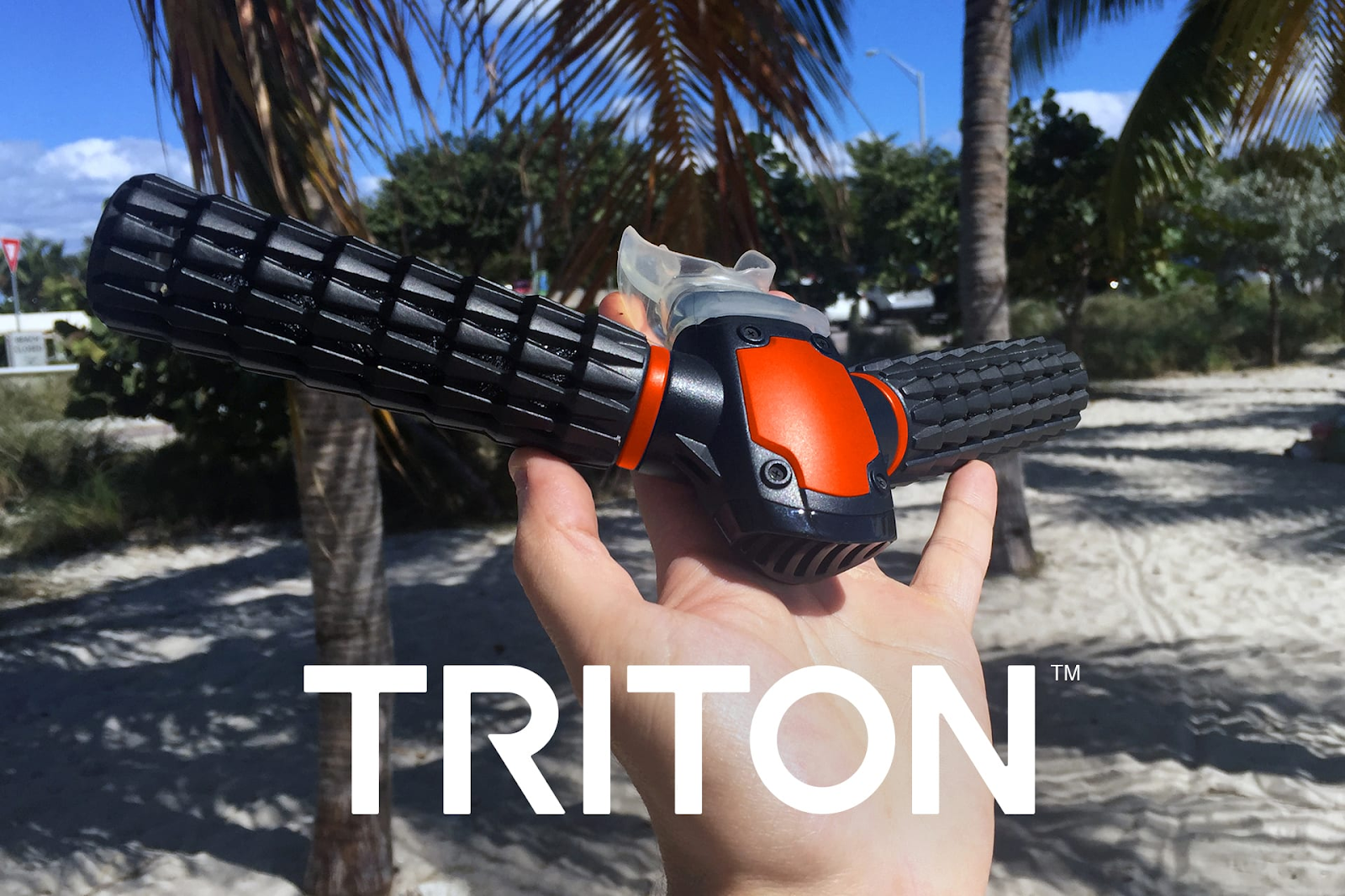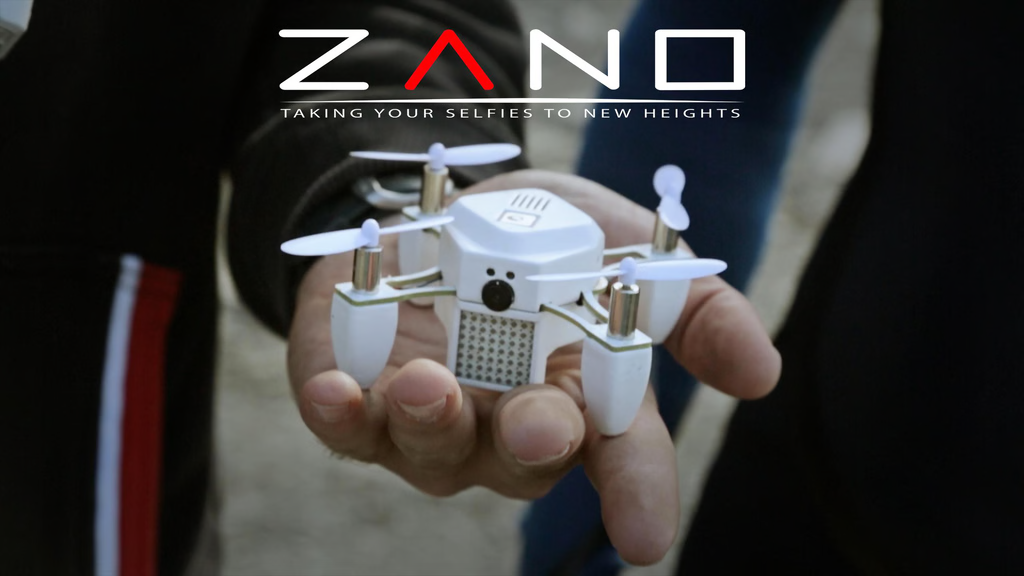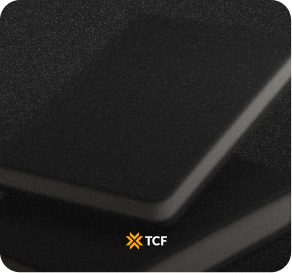You’ve seen the headlines:
- “$2 million raised in 48 hours.”
- “From Kickstarter to retail in 6 months.”
- “Backers can’t stop raving.”
But what about the other stories, the ones where the campaign disappears, the product never ships, and the comments section turns into a digital riot?
Those are the ones worth reading. Not because it’s fun to rubberneck at someone else’s wreck, but because failure is where the real education hides. Especially if you’re planning your own launch.
The truth is, crowdfunding is a public pressure cooker. And the biggest failures? Most of them flopped because of marketing missteps, unrealistic promises, and a slow-motion breakdown in trust.
In this article, we’ll unpack the most infamous crowdfunding faceplants and pull out the hard lessons that creators actually need. Think of it as a post-mortem with a purpose.
By the end, you’ll know what went wrong, what to watch for, and what to never ever ever do.
Let’s dig into the wreckage.
[[cta2]]
The Campaigns That Crashed: Real Crowdfunding Failures Worth Studying
While crowdfunding has produced some impressive success stories, it’s also seen a fair share of high-profile failures. These crowdfunding campaigns examples raised significant funding and generated widespread attention, but ultimately ran into major issues with delivery, communication, or sustainability.
Each example below highlights a different set of challenges and offers lessons for creators preparing their own campaigns.
1. Coolest Cooler
Coolest Cooler promised to reinvent the classic cooler with built-in gadgets: a blender, speaker, USB charger, and more. It became Kickstarter’s biggest campaign of 2014, but despite raising over $13 million, tens of thousands of backers never received their product.

Campaign Snapshot
- Platform: Kickstarter
- Year: 2014
- Goal: $50,000
- Raised: ~$13.3 million from 62,642 backers
- Outcome: Partial fulfillment, company shut down in 2019, ~20,000 backers left empty-handed
What Failed and Why
- Unrealistic pricing: The early-bird price of $165 didn’t leave enough margin to absorb high manufacturing, tooling, and freight costs. As material prices rose and production complexities piled up, the project became financially unsustainable.
- Not production-ready: The campaign video implied a near-final product, but the cooler was still in development. Key components like the blender motor and power systems hadn’t been finalized, which led to long manufacturing delays.
- Revenue-first fulfillment: To stay afloat, Coolest started selling inventory on Amazon before fulfilling all Kickstarter orders. This decision alienated their core backers, many of whom had been waiting over a year.
- Extra fee backlash: With funds drying up, the company asked backers to pay an additional $97 to receive their cooler. For many, it felt like being held hostage for something they already paid for.
- Inconsistent updates: Communications grew vague and infrequent as delays mounted. Many backers were left confused about whether they’d ever receive anything, with some even wondering if the campaign had turned into a scam.
- Partial delivery, then collapse: About 40,000 units were eventually shipped. The company shut down in 2019, with ~20,000 backers never receiving their cooler.
2. Yogventures
Yogventures was a crowdfunded open-world game from The Yogscast, a wildly popular YouTube channel. It leaned heavily on community hype and brand loyalty, but poor planning and lack of experience led to a complete project collapse with no playable result.

Campaign Snapshot
- Platform: Kickstarter
- Year: 2012
- Goal: $250,000
- Raised: $567,665 from 13,647 backers
- Outcome: Game was canceled mid-development. Backers received keys to a different, unrelated game.
What Failed and Why
- No dev experience: The chosen studio (Winterkewl Games) had never shipped a commercial game. There was no experienced producer to manage scope, tech, or timelines.
- Loose structure: There was no clear roadmap, no formal milestones, and no version control. The project spiraled quickly as features piled up and no stable build emerged.
- Overreliance on fandom: The campaign relied on Yogscast’s brand and community trust, but the team behind the scenes didn’t have the skills to deliver.
- Silent collapse: After months of vague updates, the project was quietly canceled. Most backers learned through a Yogscast blog post, not direct communication.
- Token consolation: Instead of refunds or a demo, backers were given a key to a different indie game (TUG) that many hadn’t heard of or asked for.
- No accountability: Yogscast distanced itself from the development process, framing it as a well-intentioned project gone wrong rather than a failure of oversight.
3. Triton Gills
Triton claimed to be the world’s first artificial gill, allowing humans to breathe underwater without tanks. The sleek video and futuristic branding drew massive attention, but vague science and overhyped claims led to backlash and a full refund.

Campaign Snapshot
- Platform: Indiegogo
- Year: 2016
- Goal: $50,000
- Raised: ~$900,000
- Outcome: Campaign pulled, full refunds issued after controversy
What Failed and Why
- Marketing ran ahead of science: The campaign promised a revolutionary product but didn’t offer clear scientific backing. The tech claims weren’t independently verified, which sparked early skepticism.
- Overly cinematic video: The promo video showed users swimming freely underwater with the device, but no actual product footage or in-use demos were included.
- Vague product details: The page lacked specs, proof of concept, or detailed explanations of how the gills worked despite making big claims about “extracting oxygen from water.”
- Backlash snowballed: As experts began dissecting the claims online, the campaign drew criticism from science media, divers, and tech communities.
- Forced course correction: Under pressure, the creators admitted the device relied on a small oxygen tank rather than gill-like filtration. The mismatch between the marketing and reality led to lost trust and a full campaign shutdown.
4. Zano Drone
Zano was pitched as a palm-sized smart drone for HD aerial photography, promising autonomous flight, obstacle avoidance, and app-controlled ease. A viral campaign and media hype helped it raise millions, but vague messaging, missed milestones, and mounting PR issues led to one of Kickstarter’s most infamous implosions.

Campaign Snapshot
- Platform: Kickstarter
- Year: 2015
- Goal: £125,000
- Raised: £2.3 million (~$3.4M) from 12,075 backers
- Outcome: Company collapsed post-campaign. Only a few prototypes were shipped, most backers received nothing. Kickstarter commissioned an independent post-mortem.
What Failed and Why
- Hype without clarity: The campaign emphasized sleek design and “next-gen” flight features but never clearly communicated the drone’s actual capabilities or limitations.
- Overpromised features: Claims of autonomous flying, HD video, and obstacle avoidance were never backed by working demos or tech specs. Marketing leaned more on aspiration than reality.
- Weak production updates: As delays piled up, campaign updates became increasingly technical and hard to follow. Backers were left confused and skeptical.
- No pivot in positioning: Despite growing doubts, the team stuck to the original product narrative instead of resetting expectations or refocusing the messaging.
- Public scrutiny snowballed: As delivery slipped and footage of unstable flight emerged, media outlets and forums amplified criticism, citing a lack of technical transparency and pre-launch research. And by that, turning Zano from Kickstarter darling into cautionary tale.
- Collapse under pressure: The company eventually ran out of funds and shut down. Kickstarter’s rare step to commission an independent investigation highlighted how marketing, not malicious intent, played a key role in the campaign’s downfall.
5. Amabrush
Amabrush marketed itself as a fully automatic toothbrush that could clean your teeth in 10 seconds flat. It had viral appeal and sleek branding, but poor follow-through on demos, unclear positioning, and rising doubt around effectiveness caused trust to erode fast.

Campaign Snapshot
- Platform: Kickstarter + Indiegogo InDemand
- Year: 2017
- Goal: €50,000
- Raised: Over €3 million from 26,000+ backers
- Outcome: Partial shipments with widespread dissatisfaction. Company eventually filed for insolvency in 2019.
What Failed and Why
- Oversimplified product promise: “Brush your teeth in 10 seconds” was catchy, but lacked proof. Demos showed inconsistent coverage and didn’t address dental hygiene standards.
- Viral video, weak follow-up: The campaign video went viral, but real-world performance never matched the hype. Even early reviewers questioned effectiveness.
- Positioning confused audiences: Was it a toothbrush replacement? A time-saver? The marketing leaned more on novelty than practical use case clarity.
- Underwhelming delivery: Units that did ship were slow, noisy, and often failed to clean properly. Backer trust plummeted.
- No recovery plan: Instead of reframing the product or offering clear timelines, the team’s updates grew more sparse. Once funding dried up, so did communication.
6. Skully AR-1
Skully AR-1 promised a motorcycle helmet straight out of a sci-fi film. With built-in AR navigation, voice control, rearview video, and smartphone integration, it was marketed as the future of rider safety. The branding was sleek, the pitch futuristic, and early prototypes got strong media buzz. Backers were sold. But despite raising millions and securing VC interest, Skully never delivered a single finished helmet.

Campaign Snapshot
- Platform: Indiegogo
- Year: 2014
- Goal: $250,000
- Raised: ~$2.4 million from nearly 2,000 backers
- Outcome: No product delivered. Company shut down in 2016. Brand later relaunched by another team, but original backers were left empty-handed.
What Failed and Why
- Overpromise, underprepare: The marketing framed the AR-1 as a finished, production-ready innovation. In reality, it was a complex hardware prototype with major engineering and manufacturing gaps.
- Missed timelines snowballed: The helmet was supposed to ship in May 2015. Delays kept piling up with vague explanations and no working beta units for backers.
- High price, high expectations: At $1,399+, backers expected premium performance. Skully failed to manage expectations or show steady progress toward that level of quality.
- No fallback plan: When technical issues mounted and leadership shifted, there was no contingency roadmap or recovery strategy.
- Backer trust breakdown: As communication stalled and the delays grew longer, the campaign lost community momentum. Supporters were left in the dark with no real recourse.
- Brand momentum misused: Skully had the spotlight (media attention, VC backing, and a compelling concept) but it didn’t build a transparent, trust-driven brand presence to match.
What These Crowdfunding Failures Teach Us
After millions raised and thousands of angry backers, one thing’s clear: these campaigns failed because of small, avoidable decisions that snowballed.
Here’s what you can actually learn from the wreckage:
1. Hype Doesn’t Replace Proof
Cinematic videos, big promises, and slick branding got these campaigns funded, but didn’t build long-term trust. Backers eventually expect receipts: working prototypes, demo footage, tech specs. If your product only exists in After Effects, you’re not ready to launch.
What to do instead:
- Film real demos, even if they’re ugly.
- Share honest footage from prototyping stages.
- Be clear about what’s working and what’s still in progress.
2. Early-Bird Pricing Can Bury You
Coolest Cooler raised $13M and still lost money on every unit. Pricing that excites backers but ignores production reality sets you up for disaster.
What to do instead:
- Work backwards from real manufacturing quotes, shipping fees, and margins.
- Avoid ultra-low early bird tiers unless you’re 100% confident they’re profitable.
- Run the numbers as if you’ll only raise your minimum goal, then plan for scale.
3. Viral ≠ Validated
A million views doesn’t mean you have product-market fit. Campaigns like Amabrush and Triton Gills went viral but couldn’t back up their appeal once scrutiny hit.
What to do instead:
- Validate demand with test audiences before you launch.
- Make sure there’s real-world utility behind the novelty.
- Prepare for technical questions, especially if your product feels “too good to be true.”
4. Aesthetics Aren’t Strategy
Zano and Ghost looked premium and polished, but their messaging was vague and their differentiation was weak. Great design helps, but it won’t cover up a missing product narrative.
What to do instead:
- Clearly define what problem you’re solving and for whom.
- Nail your positioning before you worry about polish.
- Don’t let branding overpromise what the product can actually do.
5. Stretch Goals Shouldn’t Stretch You Thin
More funding isn’t always a blessing. Several campaigns collapsed under the weight of extra SKUs, features, and promises they added mid-campaign.
What to do instead:
- Only add stretch goals that don’t delay or complicate fulfillment.
- Bundle enhancements into future versions instead of the first release.
- Build a fulfillment buffer, even if it means turning down extra buzz.
6. Trust Is a Long Game
Campaigns that fell silent, delayed updates, or shifted blame burned through trust fast. Once communication breaks down, the project might as well be over.
What to do instead:
- Be radically transparent, especially when things go wrong.
- Set a communication schedule and stick to it.
- Don’t ghost your backers. Even bad news is better than none.
7. Crowdfunding Isn’t Retail
Several of these campaigns treated their backers like regular customers promising fast delivery, avoiding risk language, and selling on Amazon before fulfilling pledges. That mismatch between project and product turned early supporters into vocal critics.
What to do instead:
- Frame your campaign as a work in progress, not a preorder store.
- Be upfront about timelines, risks, and uncertainty.
- Prioritize your backers first, always. Retail comes later.
Conclusion
Crowdfunding can launch brands, build communities, and fund product dreams, but it will also test every weak point in your strategy. The campaigns in this article failed because key gaps in marketing, positioning, pricing, or communication were left unchecked until it was too late.
You just need to be ready. Showing proof, communicating clearly, planning for scale, and treating your backers like real stakeholders. Backers remember who kept them in the loop, who took ownership, and who delivered on their word.
If your campaign gets funded, your job isn’t done. It’s only the beginning. And how you follow through is what turns that launch into a lasting brand or a warning others study next time they search “crowdfunding failures.”
[[cta2]]






.png)


.png)




